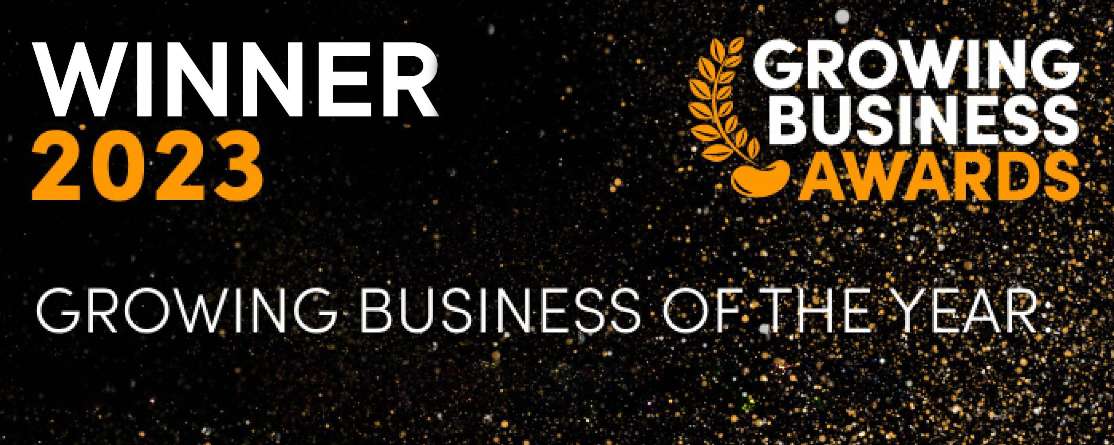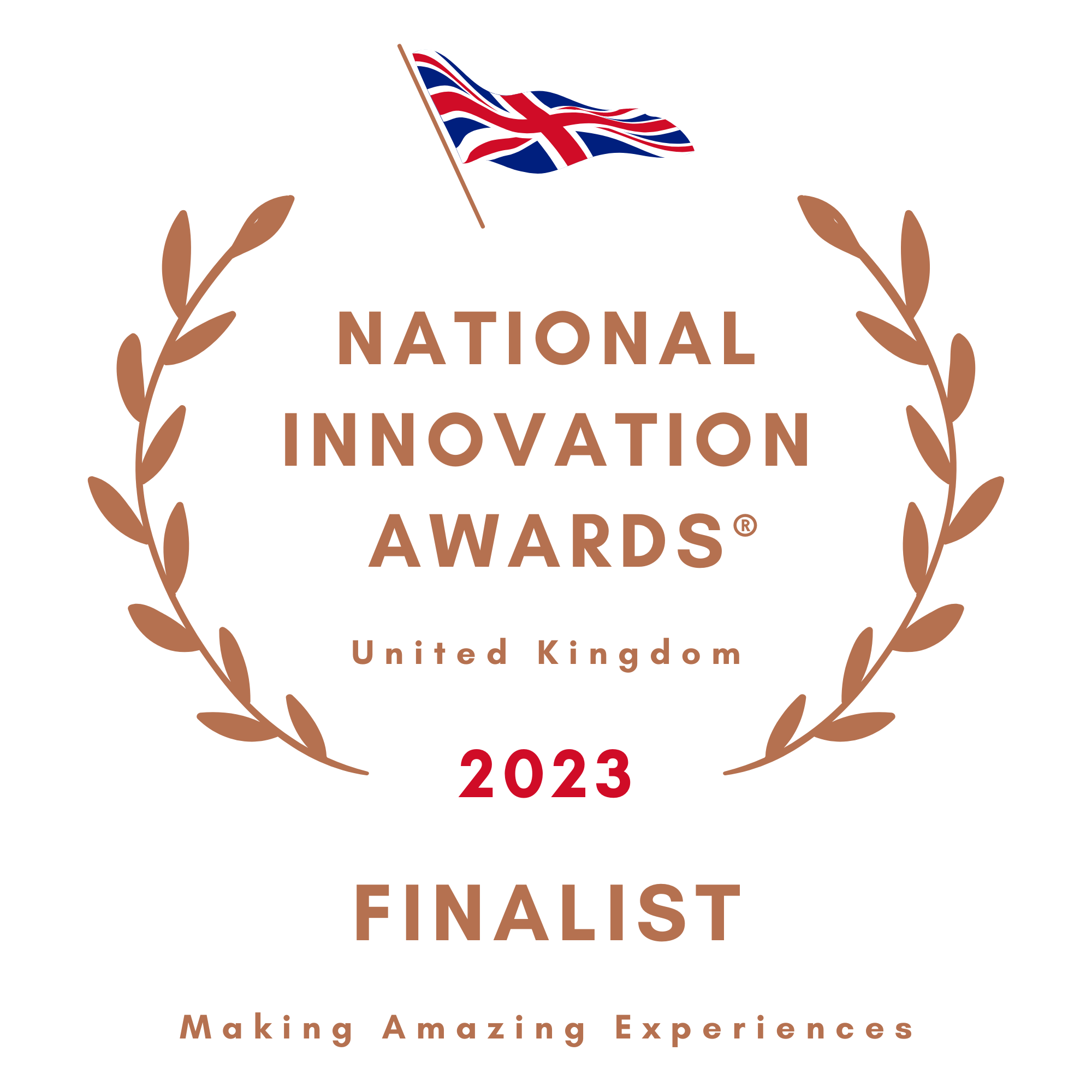Dragonfly AI is a predictive analytics platform designed to help you improve the quality and effectiveness of your creative across any format, channel and market.
Balancing Brand Visibility and Product Features in Advertising
Expert-led podcast discussing trending articles, and news in the AI and attention spaces.
.png?width=1920&height=1920&name=Intro_square%20(18).png)
Webcasts led by experts
Join Sean Xie, Head of Performance Marketing, as he facilitates an exciting conversation about brand visibility and product features between Carlotta Costanzo, Creative Performance Director, and Charis Richardson, Head of Paid Social.
This is a summary of the discussion, you can watch the whole episode above.
Q: How should brands adapt their visual priorities when it comes to these different retail formats?
Charis: Retail formats shape the design of creative in profound ways because they tap into different stages of the consumer journey. In e-commerce, people are quickly scrolling through products, and the goal is to grab attention fast. We're working with limited retail estate. Consumers' attention span is measured in fractions of a second. It's critical to engage consumers quickly and direct them towards a decision as fast as you can.
In this context, consumer psychology principles like AIDA, for example, will help you do that so, your visuals capture attention. They build interest by showcasing, for example, product benefits. They really drive desire by solving a clear pain point and then they ultimately push for action. If you look at physical retail stores, for example, the prioritization of visual elements would be completely different because the consumer is already in the buying environment. The priority shifts very much from trying to grab attention to immersing the customer in the brand story. It's generally much more focused on the art of storytelling. You're creating and building an emotional connection through your visuals that maybe evoke trust or excitement, depending on the brand's positioning.
Carlotta: I think in essence, the level of competition that you have in a physical store in the real world is way lower than in the digital space. Say you're walking along the street or in a shopping mall, it is unlikely that you're going to find five beauty brands or beauty stores one next to each other. Now, when you're sitting on your couch and scrolling through your feed and your social media in a span of a few minutes, you will be targeted by different brands, potentially and likely offering the same type of product.
The communication that you need to do is way more competitive, way more aggressive, and you need to be clear on what are the benefits of your product and your brand against other options.
Q: What are some common mistakes from your experience, based on your experience, that brands make when designing visual assets? And how can these mistakes be avoided?
Carlotta: All brands have a nice story to tell, and they want to communicate that. Often it is complex for design teams and creative strategies art director to try and communicate that message in a way that is compelling enough. The reality is also that each and every person will value different elements of the value proposition of a brand.
So that means that you need to not only communicate what the brand wants to say, but also you have to communicate it in a way that will resonate with different people. To enable your growth and going after different audiences that are likely to purchase from your brand. One of the key risks is essentially failing at calling out what is really relevant for potential customers.
Charis: I generally see three main things. One of the most common mistakes is failing to understand the power of simplicity, right? Human beings are naturally wired to avoid cognitive overload. The simpler you can make it, the better. Attention is scarce. People are exposed to hundreds, if not thousands of ads a day. Visuals with too much information generally fail to resonate and lead to decision paralysis.
Number two is visual consistency. A lot of brands overlook the power of that. Each piece of creative needs to feel connected to the last one that they saw. If you don't do that, it can dilute your brand.
A huge pitfall is not doing any creative testing. Brands that fail to incorporate ongoing creative testing, especially in the paid social space or the digital space in general, are leaving significant performance improvements on the table. I cannot overstate how critical it is to not only test variations of design but also experiment with different storytelling angles. I really believe that hyper-testing creative frameworks can be game changers. It's something that we do at Loop and it's something that really has driven exponential growth over the last couple of years.
Q: Do you think the rise of AI driven advertising will reduce creative flexibility? What will it actually enhance brand storytelling?
Charis: I think if you use it correctly, it definitely will not limit creative flexibility, it will enhance it. The beauty of AI is that it can eliminate a lot of the grunt work, which creates more space for creators, strategists, media buyers to focus on higher level storytelling and strategy.
For example, creative experimentation, creative testing, AI can really allow brands to test a multitude of variations quickly at scale and can pinpoint exact elements that resonate with audiences. You can adapt real-time messaging based on consumer behavior, creating hyper-relevant ads. The role of a creative team is to shape the narrative and that emotional context and create the top-level narrative and AI should serve as a tool to amplify the power of human creativity, not replace it. I like to think of it as like a data-driven assistant rather than something that could potentially take over my role or reduce creative flexibility. think if you use it correctly, it will just enhance the process even more.
Carlotta: AI has been definitely changing the game in online advertising, creative, and the media platforms in the past few years. I think some recent changes on ChatGPT image creation are definitely something to talk about. That can enhance the way we work in the creative space. The real impact really depends on how you use it. At this stage, I see a few key use cases where AI really makes a difference. The first one is what I mentioned earlier around the research phase. The research is as good as the amount of data that you're able to process and the sense that you can make out of those. When I talk about research, what I refer to is customer insights, competitor analysis, and customer sentiment.
AI can help us in processing this data, make sense of it. This is from a creative strategist perspective, this is key
The second one is connected to testing. Testing is absolutely key. It can drive significant efficiency gains and combining the right creative strategy with the right media buying approach and you can really unlock a lot of growth through creative testing. How does AI help with that? It helps you in the process of creating iterations at scale.
The third use case is the one on internationalization and localization of content. UGC is very important nowadays as part of the creative mix. It takes a lot of time to build an influencer strategy, UGC content strategy that is adapted to the different markets where you operate in. AI can help with that through text overlays, voiceovers, and localization of content is key depending on some of the markets and the language barriers out there.
Q: How can brands ensure their products are clearly understood without overwhelming the audience with too much information?
Carlotta: I think there is one element that is super important yet a bit trivial, which is the product is king at the end of the day. No matter what type of communication you're doing, what level, what step of the funnel, there are a lot of brands who tend to forget about the presence, how the presence of the product in your communication is super important.
This is one of the best practices that has been out there for years, but I'm always surprised when I see some brands failing at showcasing the product throughout the communication.
I think that ensuring product clarity is very different when you talk about different formats. If we look at static versus video, the way of doing that is actually different because with static you've got one frame to actually show it all. In that case, having the product that is visible or at least the benefit of the product is key. Having a clear headline that communicates what the product is about or what sort of problem you're trying to solve with that.
Now, when it comes to videos it is a bit more complex because in a video there is a lot that can happen. The best practice would be to keep the video within 15 seconds. But in reality, we see shorter videos working well, longer videos working as well as what the best practice says. Within each video, you typically have the hook, which is the first three seconds, and these are super important to stop the scroll. Ultimately the product visualization and the presence of the product needs to be thought a little bit through in a video context.
Charis: If you think about what kind of works across all formats, I think the secret is just focus, right? Instead of throwing all the features at a customer at once, pick one key benefit to highlight and make sure it's crystal clear. Make sure again, you really communicate, zoom in on that benefit, make sure that people understand what's in it for them. Think through visual design, it can also guide the viewer's eye, make sure that the most important information stands out. Keep it simple, have a good visual hierarchy, but the key to success is focus.
Q: What techniques can advertisers use to guide consumer attention toward key product features while still maintaining a strong brand presence?
Charis: Organize your design in a way so that the most important things naturally stand out. Maybe make key features bigger, use bolder colors or place them in a prominent position. Keep your brand present without overpowering the product. Subtle branding, small logo, brand colors in the background, just make sure that people remember your brand and you kind of build that recognition without distracting them from the product benefits.
I think storytelling is super effective here. By creating a simple narrative around the product, you guide the viewer through the features in a way that feels natural and they're more likely to pay attention. You can connect the product to a problem it solves or need that it fulfills and make it easier for the viewer to see why those features matter.
Carlotta: Across all the clients that we work with, this is a conversation that includes some challenges because there are different perspectives that come into the picture. Do we want to protect the brand or make sure that we drive performance. Ultimately, I see this as a challenging conversation right now, but it's a good conversation that is happening. A lot of organizations are evolving into this and are moving towards a more comprehensive view of how brand and communicating the benefits of the product to ultimately sell come together. I can see the progress in how organizations are reshaping their conversations around this topic.
We need to take into account that we want our content to be in line with the brand. We want this to convert. We want this to feel native and authentic and right for the social media context. This is a difficult balance to strike, but ultimately what we need to do.
Such an amazing cluster of insights from these experts!
Thank you for engaging with this episode. You can catch the full episode on Spotify or watch it above!


